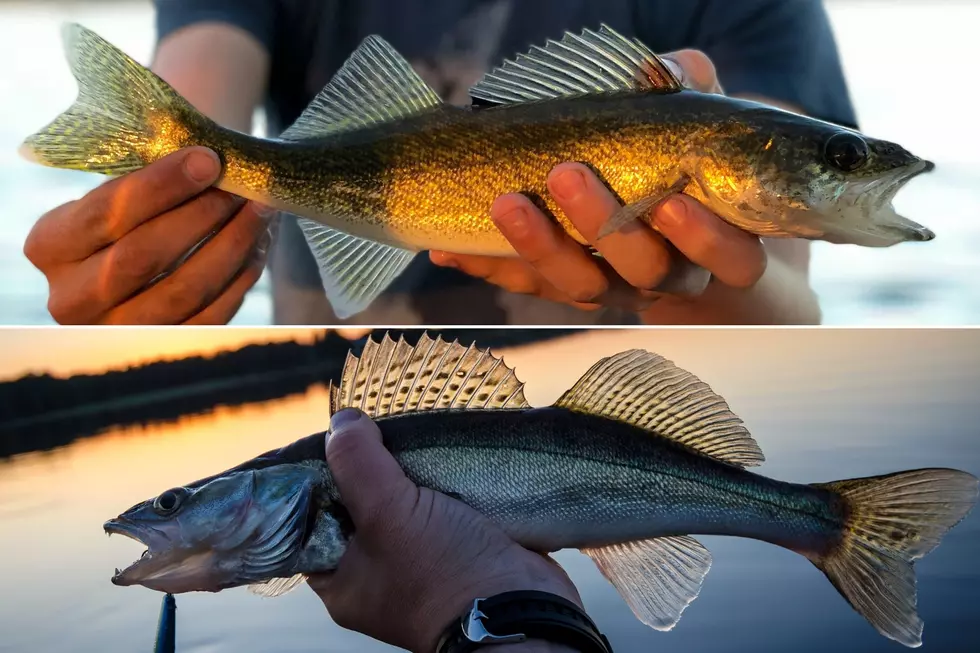
Do You Know The Differences Between A Walleye And Sauger?
Minnesota's state fish is often confused with their look-alike cousin, the sauger. The two fish are very similar in many respects, which can create a lot of confusion among anglers who don't know what to look for to identify one fish from another.
I've even seen a lot of people in the media unknowingly use images of one fish, when they were ultimately trying to depict the other variety. This is often followed up by some savvy anglers heckling the media outlet on social media.
Making things a little easier for anglers in Minnesota, the DNR's regulations combine the two types of fish into one category for many (but not all) of the lakes in the state. In their regulations, they have a combined possession limit in most cases on inland lakes, which eliminates any debate over whether it's a walleye or sauger when considering how many fish you can keep. It's just one total number between the two types. That isn't the story on every Minnesota waterway, though.
Things get a little more complicated with border waters, where some bodies of water will have an overall limit with a sub-limit on walleyes. For example, 2024 regulations on Lake of the Woods allow you to keep a total of 6 combined walleye and sauger, but only four of them can be walleyes. That's when knowing the difference becomes much more important.
So, what are the differences between walleye and sauger?
The first thing to note is the size difference. Sauger tend to be smaller and more slender in build than walleye. This isn't necessarily a reliable judgment factor, however, as smaller walleyes can still be caught in Minnesota lakes.
Walleyes
While the walleye in the photo above isn't very big, there are some identifiers to look for that will tell you it's a walleye. On the left, you'll notice there is a distinct white tip at the bottom of the tail.

The arrow also points to a dark spot at the back base of the dorsal fin that you'll find on walleyes. Then, looking at the rest of the dorsal fin, you'll notice there isn't much in the way of markings or spots. You can just see the spines in the otherwise translucent fin.
Sauger
Sauger, on the other hand, have spots on their dorsal fins and lack that dark area at the back base of the dorsal fin. You'll also notice the lack of that white spot on the tail.
What's funny is that both of these fish came up under a search for "walleye" in a stock image search - hence why a lot of people misuse images of sauger in place of walleyes.
Now you know the differences, though!
6 Great Places To Fish From Shore In Duluth & Superior
Gallery Credit: Ken Hayes
